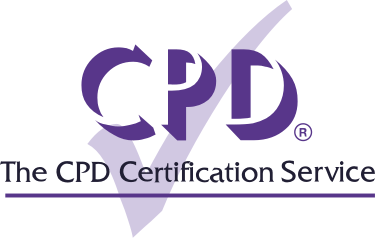Mobile learning is any learning activity that utilizes a mobile device, usually a smartphone. Mobile learning seeks to make use of the ubiquity and capabilities of modern mobile devices to make course materials available to students wherever they are, and to create new kinds of learning experiences that help students engage with course content and the world.
This CPD article will seek to guide you through this relatively recent method of learning by covering what mobile learning is, some of the features of mobile learning technology and advantages of mobile learning in education to provide a broad overview of the subject.
What is mobile learning?
Mobile learning, also referred to as mLearning, can be defined as a way of accessing learning content through mobile and digital devices. This method of learning empowers students at the point of need, enabling users to access content whenever and wherever suits them. Learners can study assigned lessons, course materials, video or virtual lectures, and take tests from their devices. Devices that can be used for mobile learning include smartphones, tablets, laptops, and digital notebooks.
What are the features of mobile learning technology?
Generally there are several characteristics which make this form of learning so effective for training workforces. It found that amongst these are three common features of mobile learning technology:
- Micro learning content - 2-5 minute bursts of relevant information designed to maintain learners’ attention and bolster knowledge retention.
- Social learning - Replicating online behaviours, mobile learning often utilizes social learning to boost engagement. This might include a forum, newsfeed or chat function.
- Seamless access - A crucial element of mobile-based training solutions, whether it’s removing the login process with seamless links or embedding content directly into an app, for example.
Is mobile learning effective?
Today’s learners are juggling multiple jobs, educational needs and responsibilities and employees are now becoming more comfortable with at home and remote work settings. With mobile learning, you can choose when to conduct modules or lessons anywhere, at any time. Essentially, therefore this platform is effective as it allows a student or employee to learn on the go and at their own pace.
Organisations of every size have embraced the concept of mobile learning due to its affordability, scalability, and flexibility. Similar to mobile learning in a corporate environment, mobile learning in higher education enables students to flexibly access course materials from anywhere. This has contributed to a rise in self-directed learning and has facilitated the rise of the online university sector.














